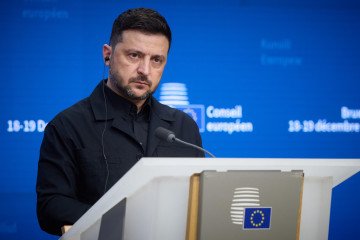- Category
- Latest news
Russia Builds Up Military Bases Along Finland Border, Satellite Images Show
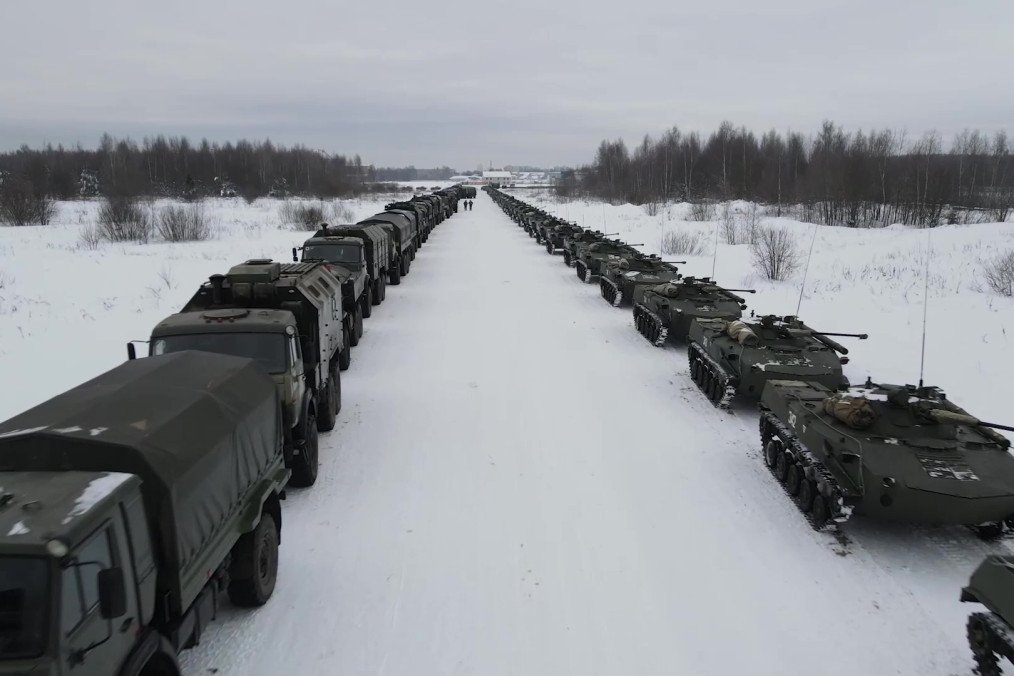
Russia is expanding military bases near its border with Finland and preparing to move additional troops closer to Europe, signaling potential preparations for a future confrontation with NATO, according to The Wall Street Journal, citing satellite imagery, Western officials, and military experts on April 27.
Much of the buildup is happening in the Leningrad Military District, which borders Estonia, Latvia, and Finland. As part of a broader plan to increase the Russian army’s size to 1.5 million troops, small brigades stationed there are being expanded into full divisions of around 10,000 soldiers, the report said.
Russia is already constructing new storage facilities and military housing, and laying new railroad lines near its borders with Estonia, Finland, and Norway, according to Emil Kastehelmi from the OSINT firm Black Bird Group.
The WSJ published satellite images showing new construction at two major military bases near Finland and Norway.
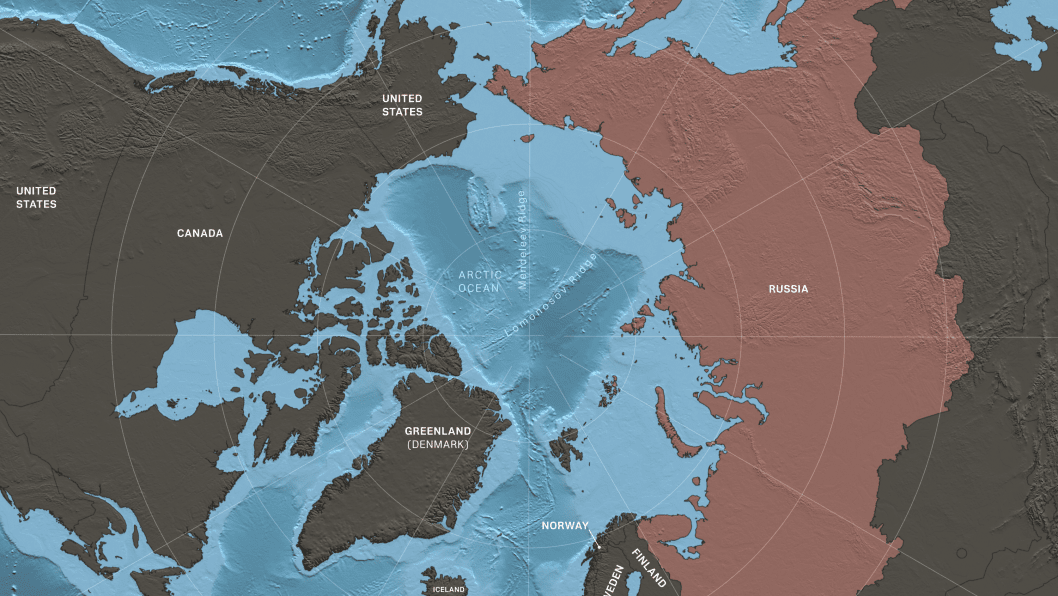
“If you see them building new railheads or renovating old ones, it would be good to start paying attention,” warned Maj. Juha Kukkola, a professor at Finland’s National Defense University.
“When the troops are back [from Ukraine], they will be looking over the border at a country they consider an adversary,” said Ruslan Pukhov, director of Moscow’s Center for the Analysis of Strategies and Technologies. “The logic of the last decade shows we’re expecting some conflict with NATO.”
WSJ, citing Western intelligence estimates suggests Russia is moving at a faster pace than many analysts expected.
In testimony before the US Senate earlier this month, Gen. Christopher Cavoli, commander of US forces in Europe, said, “The Russian military is reconstituting and growing at a faster rate than most analysts had anticipated. In fact, the Russian army… today is larger than it was at the beginning of the war.”
-0c0f9d0574b5dfd68b0310455ff5cee3.jpg)
Russia’s defense spending has ballooned to over 6% of its GDP in 2025, compared to 3.6% before the full-scale invasion of Ukraine. This surge has maxed out arms production, expanded manufacturing lines, and opened new military plants, according to the WSJ.
Military production has soared. While Russia produced around 40 T-90M tanks in 2021, that figure has jumped to about 300 per year, Western intelligence sources said.
A senior Finnish military official told WSJ that nearly all of these tanks are remaining in Russia, rather than being deployed to Ukraine.
Artillery production is also rising by about 20%, and Russia has significantly ramped up drone manufacturing.
A February report from Danish intelligence warned that Russia could be ready to launch a large-scale war in Europe within five years if it perceives NATO to be weak. One European intelligence official suggested Russia might first test NATO’s unity by targeting a small alliance country like Estonia, where a sizable ethnic Russian population lives.
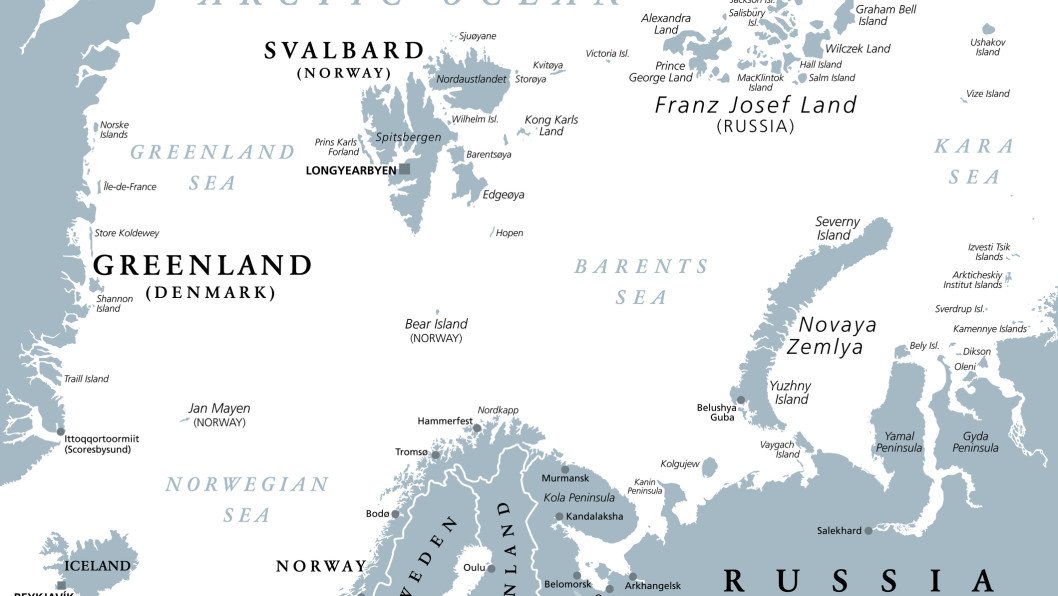
“If you ask how soon the Russian military could conduct a limited operation against Baltic states, the answer could be quite soon,” said Michael Kofman, senior fellow at the Carnegie Endowment for International Peace.
He noted that officials in the Baltics estimate a possible limited strike could happen two to three years after the war in Ukraine ends. A full-scale war with NATO, Kofman said, could be seven to ten years away depending on the scenario.
The Kremlin’s broader military revival has deep historical roots. “If you look at Russian military history from Peter the Great to today, I can understand why they think they deserve a seat at the table,” said Kukkola.
“They’ve been in Paris after routing Napoleon, they were in Berlin after routing the Nazis. I don’t agree with it, but I understand why they want to change European security architecture, and they’re leveraging their military might to make it happen.”
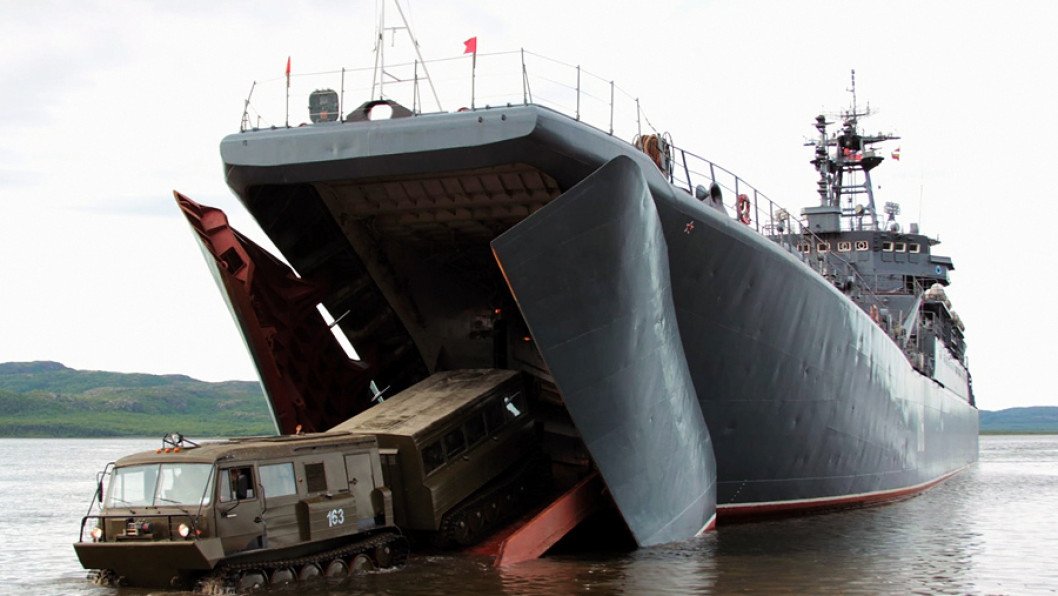
As Russia presses forward with its military buildup, NATO countries along its border are fortifying their defenses. Poland, Estonia, Latvia, and Lithuania have withdrawn from a treaty banning antipersonnel mines and are rapidly reinforcing their frontiers with trenches, tank traps, and new obstacles.
“We don’t have too much time,” said Polish Defense Minister Wladyslaw Kosiniak-Kamysz. “We must build a strong alliance, a strong command system, and well-equipped military forces.”
Earlier, Russian leader Vladimir Putin stated that the strategic importance of the Arctic is increasing globally and said that geopolitical rivalry in the region is intensifying.
He emphasized that Russia would continue to strengthen its military presence in the Far North.
He accused NATO countries of viewing the Arctic as a potential staging ground for future military conflicts. “NATO countries see the Far North as a springboard for possible conflicts,” Putin said.
Putin stressed that Russia posed no threat in the Arctic but made clear that Moscow would act to protect its sovereignty. “We do not threaten anyone in the Arctic, but we are monitoring the situation and will not allow any encroachments on our sovereignty,” he stated.


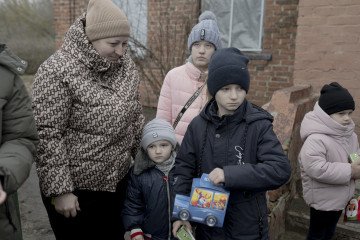

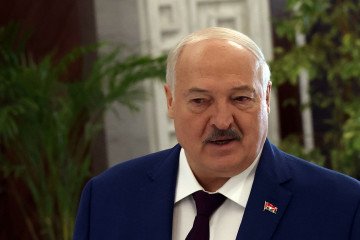
-72b63a4e0c8c475ad81fe3eed3f63729.jpeg)
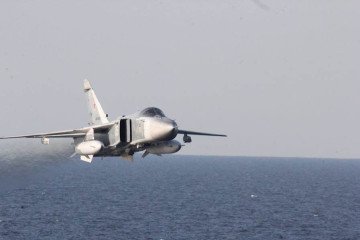
-111f0e5095e02c02446ffed57bfb0ab1.jpeg)
